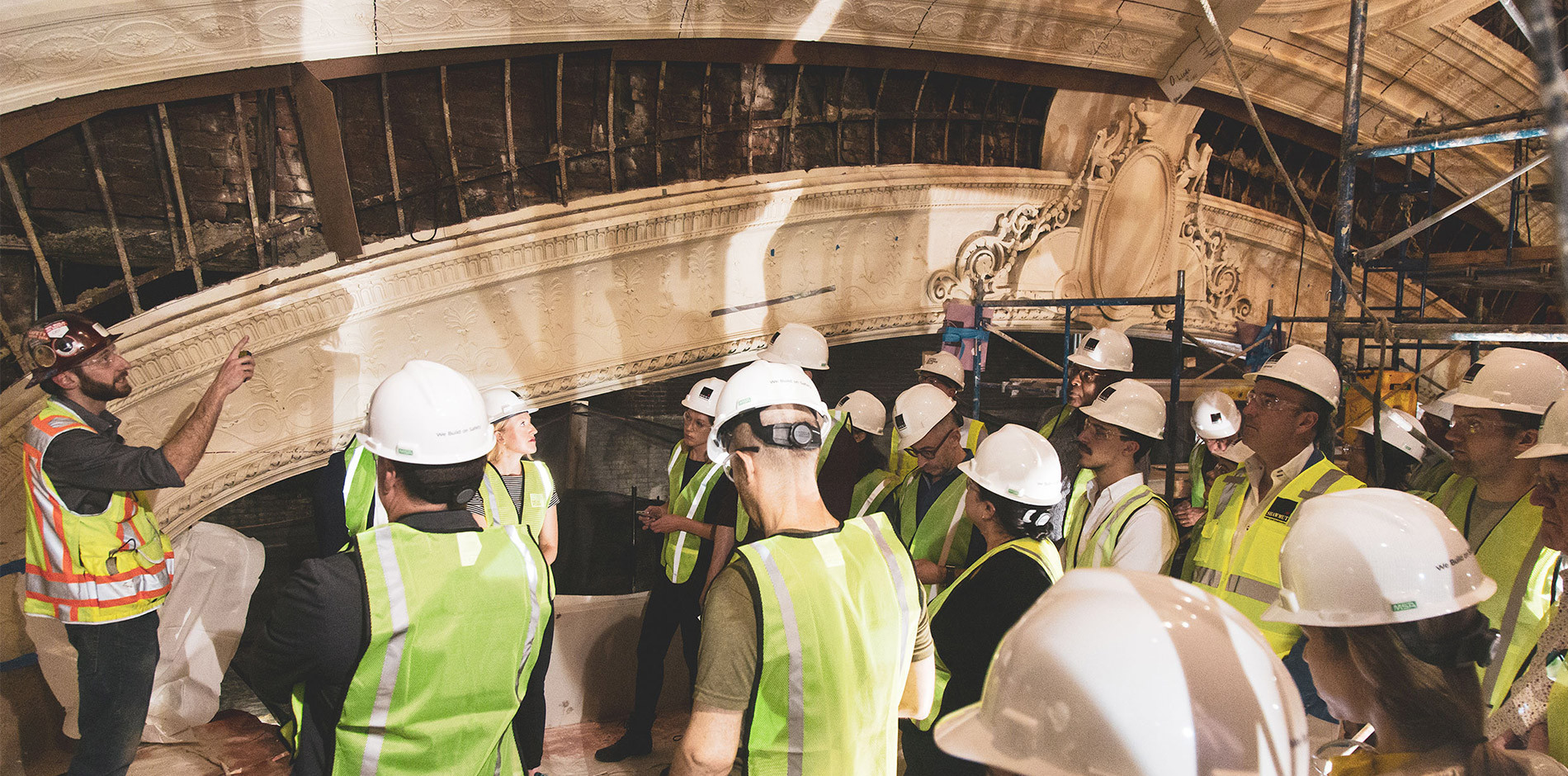As the construction industry turns to technology to further enhance building methods and processes, it’s important to keep in mind that technology is only as effective as the people behind it. At this year’s ICSC CenterBuild conference, Shawmut’s retail leaders and rising talent moderated roundtable discussions that focused on the different ways to best cultivate, enhance, and leverage talent—including the importance of diversity, equity, and inclusion to create an environment where people can be their best selves—to continue to drive the retail industry forward.
Hiring During a Skilled Labor Shortage
As the construction industry continues to experience a skilled labor shortage, general contractors are challenged to ensure that the employees they hire and teams they develop have the expertise and skillsets to match each job and provide the best building experience. As mixed-use developments have become the standard and standalone retail stores continue to pull in other elements—F&B, amenity spaces, and AR and VR—it’s important to have a diverse talent pool. Considering candidates with a variety of experiences—thinking about potential leadership qualities and transferable skills—within and outside the AEC industry allows for unique perspectives and expanded reach and expertise.
Collaborative Project Delivery Methods
Retail store timelines are fast-paced in nature, and it’s getting harder and harder to meet extremely tight schedules due to the challenging subcontractor market and sourcing of long-lead procurement items. Collaborative project delivery methods leverage the expertise of key team members for specific parts of the job, matching skillsets directly with challenges. Upfront knowledge sharing leads to cost and time savings, and delivers the owner's vision at the highest quality.
Communicating Across All Generations
In an industry as fast-paced as construction, effective and efficient communication is imperative to success. With a workforce that consists of multiple generations, effective communication systems need to be established that ensure information is shared and disseminated to the right people, at the right time, and in the most effective manner. Processes should be established for feedback loops that allow everyone to provide different perspectives and viewpoints, and expectations should be set for frequency and forms of communication.
